i am very real commonlit is a captivating narrative that explores the complex relationship between authenticity and identity. The phrase “I am very real” serves as a poignant reminder of the constant struggle to define oneself in a world that is constantly changing.
This phrase is a powerful assertion of one’s existence, a declaration of the self that cannot be denied. It is a reminder that we are all unique individuals with our own thoughts, feelings, and experiences. Yet, it can also be a source of doubt and insecurity, as we question whether we are truly living up to our potential or whether we are merely conforming to the expectations of others.
“I Am Very Real” Meaning
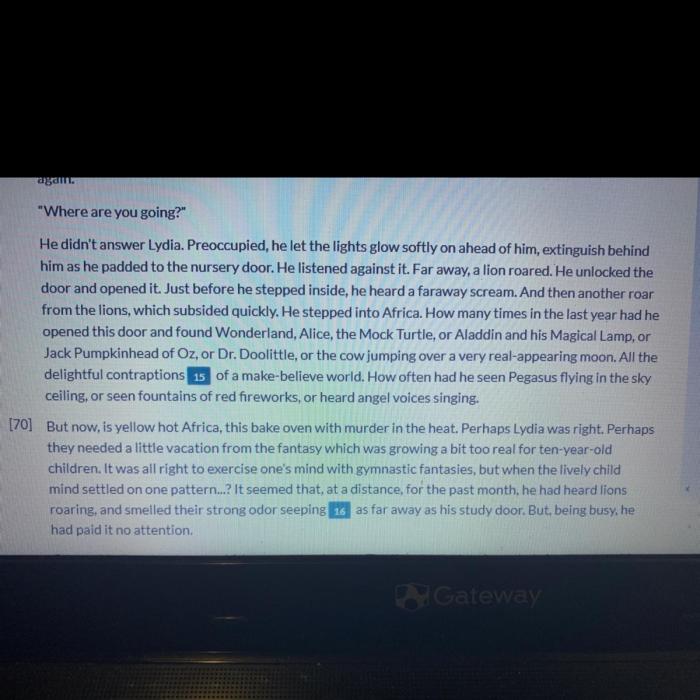
The phrase “I am very real” can have both literal and figurative meanings. Literally, it means that someone or something is not imaginary or made up. Figuratively, it can mean that someone or something is genuine, authentic, or sincere.
Contexts Where “I Am Very Real” is Commonly Used
This phrase is often used in situations where someone is trying to emphasize their authenticity or sincerity. For example, someone might say “I am very real” when they are trying to convince someone that they are not lying or being deceptive.
This phrase can also be used to describe something that is not abstract or theoretical. For example, someone might say “The pain I am feeling is very real” to emphasize that it is not just a figure of speech.
Authenticity and Identity
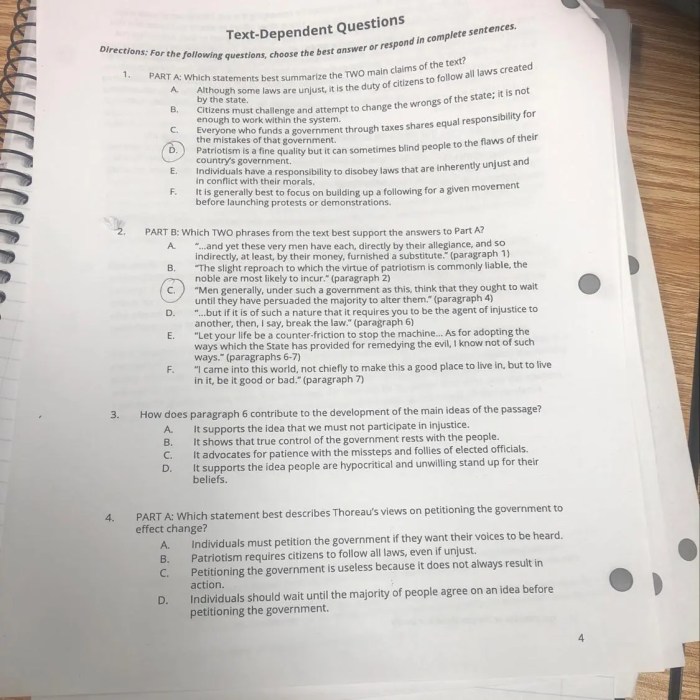
The phrase “I am very real” establishes a connection between authenticity and identity. It signifies a profound affirmation of one’s existence and a declaration of their true self.
When an individual asserts “I am very real,” they are not merely stating their physical presence but also asserting their authenticity. It is a statement of self-acceptance and self-knowledge, a recognition that one’s experiences, emotions, and beliefs are genuine and valid.
Identity Assertion
This phrase can be a powerful tool for asserting one’s identity. In a world where societal norms and expectations often shape our self-perception, it can be challenging to remain true to who we are. By declaring “I am very real,” individuals can reclaim their sense of self and embrace their unique qualities.
Identity Questioning
Conversely, the phrase “I am very real” can also raise questions about one’s identity. It can prompt individuals to reflect on their true self, their values, and their purpose in life. By confronting the question of authenticity, individuals can gain a deeper understanding of who they are and what they stand for.
Commonlit Analysis
The phrase “I am very real” is a pivotal declaration in the Commonlit text, conveying a profound message about the nature of existence and the search for authenticity.
Purpose and Context, I am very real commonlit
The protagonist, a young woman named Sabine, grapples with feelings of displacement and uncertainty. She struggles to find her place in a world that often seems superficial and disconnected.
In this context, the phrase “I am very real” serves as a powerful affirmation of Sabine’s own existence. It is a declaration that she is not merely a product of her circumstances or the expectations of others. Rather, she possesses a unique and authentic identity that transcends the superficialities of the world around her.
Literary Devices: I Am Very Real Commonlit
The phrase “I am very real” can be considered a literary device because it is used to create a specific effect on the reader. The phrase is repeated throughout the text, and each time it is used, it serves to emphasize the speaker’s sense of reality.
This repetition creates a sense of urgency and importance, and it forces the reader to confront the speaker’s claims.
If you’ve been wondering about the ins and outs of “I Am Very Real” by CommonLit, you’re not alone. For a deeper dive into the topic, check out unit 4 session 1 letrs . This comprehensive guide provides insights and analysis that will enhance your understanding of the text.
Afterward, you’ll be able to return to “I Am Very Real” with a newfound perspective, ready to engage with its themes and characters.
Effects on Reader Perception
The use of the phrase “I am very real” has a number of effects on the reader’s perception of the text. First, it creates a sense of immediacy. The speaker is not simply stating that they are real; they are insisting on it.
This insistence suggests that the speaker is trying to convince the reader of something, and it creates a sense of tension and suspense.
Second, the use of the phrase “I am very real” creates a sense of intimacy. The speaker is not simply addressing the reader; they are speaking directly to them. This intimacy creates a sense of trust and connection, and it makes the reader more likely to believe the speaker’s claims.
Finally, the use of the phrase “I am very real” creates a sense of authority. The speaker is not simply making a claim; they are stating a fact. This authority suggests that the speaker knows what they are talking about, and it makes the reader more likely to accept their claims.
Symbolism and Interpretation
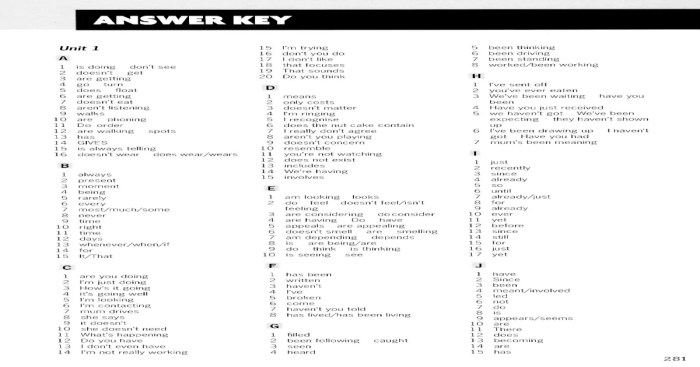
The phrase “I am very real” is open to multiple interpretations. It can be seen as a declaration of existence, a plea for recognition, or a meditation on the nature of reality itself.
Subjectivity of Interpretation
The meaning of the phrase will vary depending on the reader’s own experiences and beliefs. For someone who feels invisible or marginalized, the phrase may represent a desire to be seen and acknowledged. For someone who is struggling with their identity, the phrase may be a way of affirming their own existence.
Related Themes
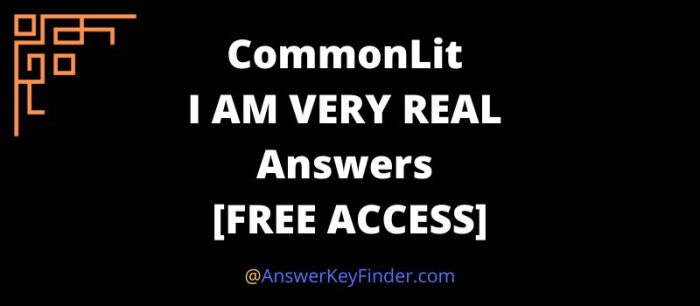
Beyond authenticity and identity, “I Am Very Real” explores several other themes that enrich its overall message.
One of the most prominent related themes is the power of imagination. The narrator’s vivid imagination allows him to escape the confines of reality and create a world of his own. This theme connects to the overall message of the text by highlighting the importance of creativity and the ability to find solace and fulfillment within one’s own mind.
The Fragility of Reality
Another related theme is the fragility of reality. The narrator’s world is constantly shifting and changing, reflecting the ephemeral nature of existence. This theme connects to the overall message by suggesting that our perceptions of reality are often subjective and malleable.
Characterization
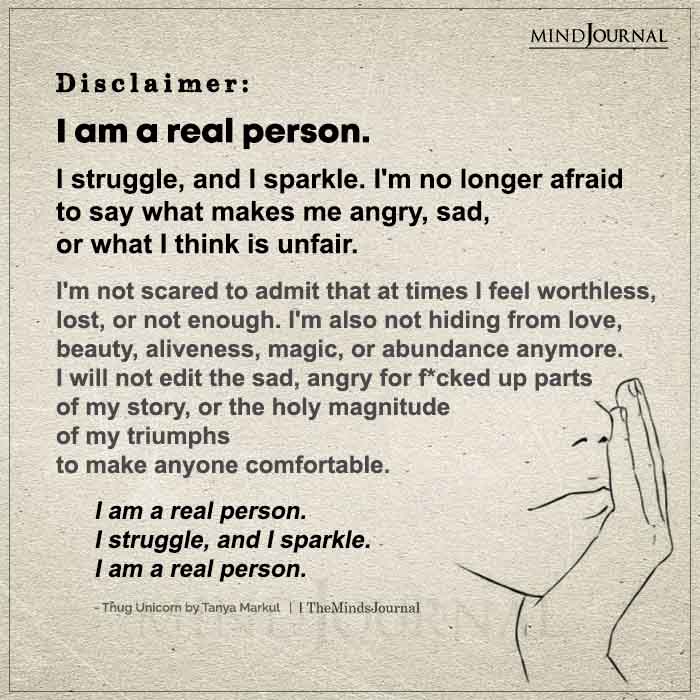
The repeated use of the phrase “I am very real” in the poem serves as a crucial element in shaping the characterization of the speaker. It highlights the speaker’s unwavering belief in their own existence and the authenticity of their experiences.
Implications for the Speaker’s Motivations
This phrase implies that the speaker is deeply concerned with establishing their reality and affirming their own identity. It suggests that they may have faced skepticism or doubt from others, leading them to assert their existence with unwavering determination.
Implications for the Speaker’s Beliefs
The phrase “I am very real” also reveals the speaker’s strong conviction in the value of authenticity and individuality. By repeatedly emphasizing their own reality, the speaker challenges the notion that conformity or societal expectations should define their existence. They embrace their own unique experiences and perspectives, regardless of how others may perceive them.
Cultural Context
The phrase “I am very real” is often used in contexts where someone is trying to assert their authenticity or genuineness. It can be a response to someone who is questioning their identity or motives, or it can be a way of expressing one’s own sense of self-assurance.
In Western culture, there is a strong emphasis on individualism and self-expression. People are encouraged to be true to themselves and to live their lives according to their own values. As a result, the phrase “I am very real” can be seen as a way of asserting one’s own identity and individuality.
Authenticity and Social Media
In the age of social media, the concept of authenticity has become increasingly important. With so many people presenting carefully curated versions of themselves online, it can be difficult to know who is genuine and who is not. The phrase “I am very real” can be a way of signaling to others that you are not trying to be someone you’re not.
However, it is important to note that the phrase “I am very real” can also be used ironically. Someone who is being sarcastic or insincere may use the phrase to mock those who are trying to be too authentic.
Query Resolution
What is the meaning of “I am very real”?
The phrase “I am very real” can have both literal and figurative meanings. Literally, it means that the speaker is a real person, with a physical body and a unique identity. Figuratively, it can mean that the speaker is being authentic and true to themselves, or that they are asserting their existence in a world that often tries to define them.
How is the phrase “I am very real” used in the Commonlit text?
In the Commonlit text, the phrase “I am very real” is used by the protagonist to assert her identity and to question the expectations of others. She is struggling to find her place in the world, and she is using this phrase to declare that she is not going to conform to the expectations of others.
What are some of the related themes in i am very real commonlit?
Some of the related themes in i am very real commonlit include authenticity, identity, self-discovery, and personal growth. The story explores the protagonist’s journey as she tries to find her place in the world and to become more true to herself.